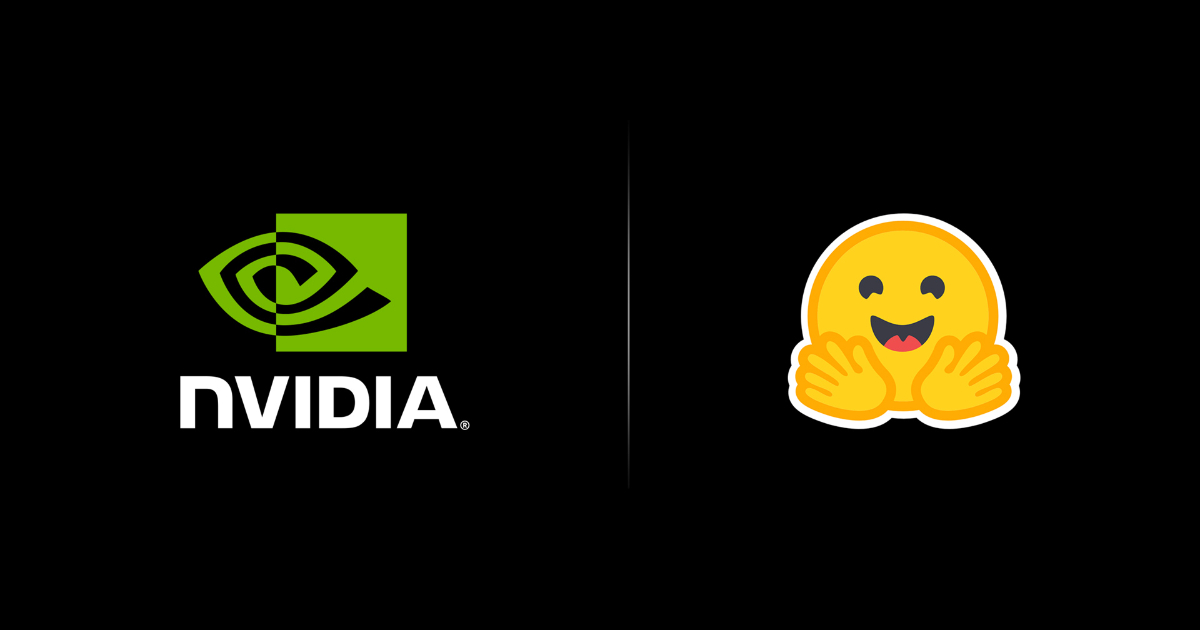
"OmniVinci combines architectural innovations with a large-scale synthetic data pipeline. According to the research paper, the system introduces three key components: OmniAlignNet, which aligns vision and audio embeddings into a shared latent space; Temporal Embedding Grouping, which captures how video and audio signals change relative to one another; and Constrained Rotary Time Embedding, which encodes absolute temporal information to synchronize multi-modal inputs."
"The team also built a new data synthesis engine producing over 24 million single- and multi-modal conversations, designed to teach the model how to integrate and reason across modalities. Despite using only 0.2 trillion training tokens-one-sixth of what Qwen2.5-Omni required-OmniVinci reportedly outperforms it across key benchmarks: +19.05 on DailyOmni for cross-modal understanding, +1.7 on MMAR for audio tasks, and +3.9 on Video-MME for vision performance."
"NVIDIA researchers describe these results as evidence that "modalities reinforce one another," improving both perception and reasoning when models are trained to process sight and sound together. Early experiments also extend into applied domains like robotics, medical imaging, and smart factory automation, where cross-modal context could boost decision accuracy and reduce latency. However, the release has not been without criticism. Although the paper refers to OmniVinci as open-source, it is released under NVIDIA's OneWay Noncommercial License, which restricts commercial use."
OmniVinci is a large language model designed to understand and reason across text, vision, audio, and robotics data. The design pairs architectural innovations with a large synthetic data pipeline. Key components include OmniAlignNet for aligning vision and audio embeddings, Temporal Embedding Grouping for capturing relative video-audio dynamics, and Constrained Rotary Time Embedding for encoding absolute temporal synchronization. A data synthesis engine produced over 24 million single- and multi-modal conversations to train cross-modal integration and reasoning. OmniVinci used 0.2 trillion tokens yet outperformed Qwen2.5-Omni on DailyOmni, MMAR, and Video-MME. Early applications target robotics, medical imaging, and smart factory automation. The release is under NVIDIA's OneWay Noncommercial License, restricting commercial use.
Read at InfoQ
Unable to calculate read time
Collection
[
|
...
]